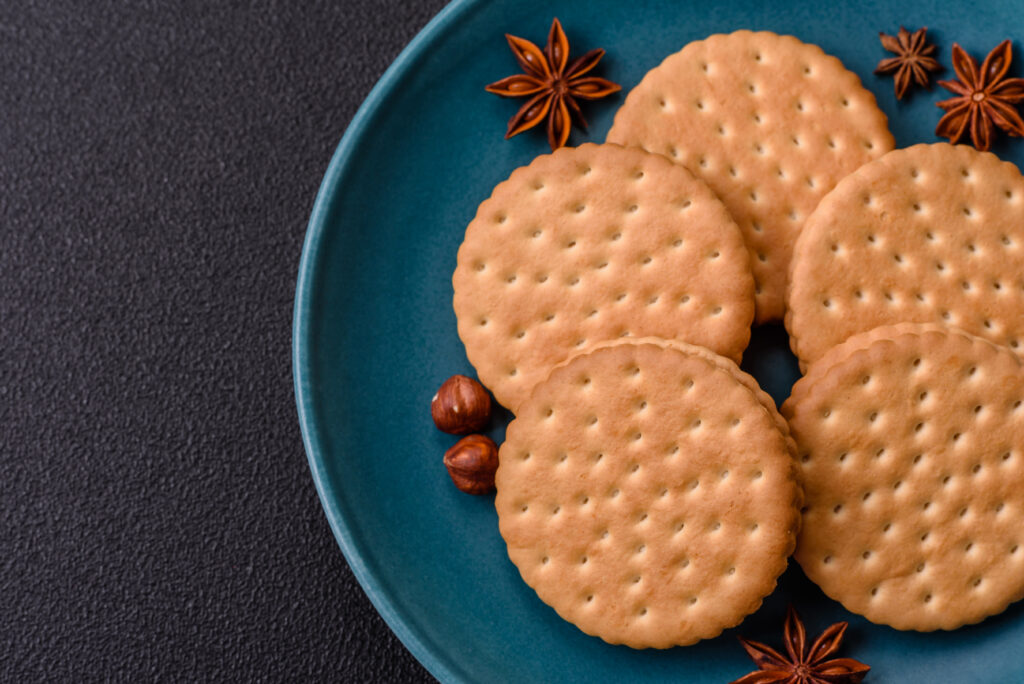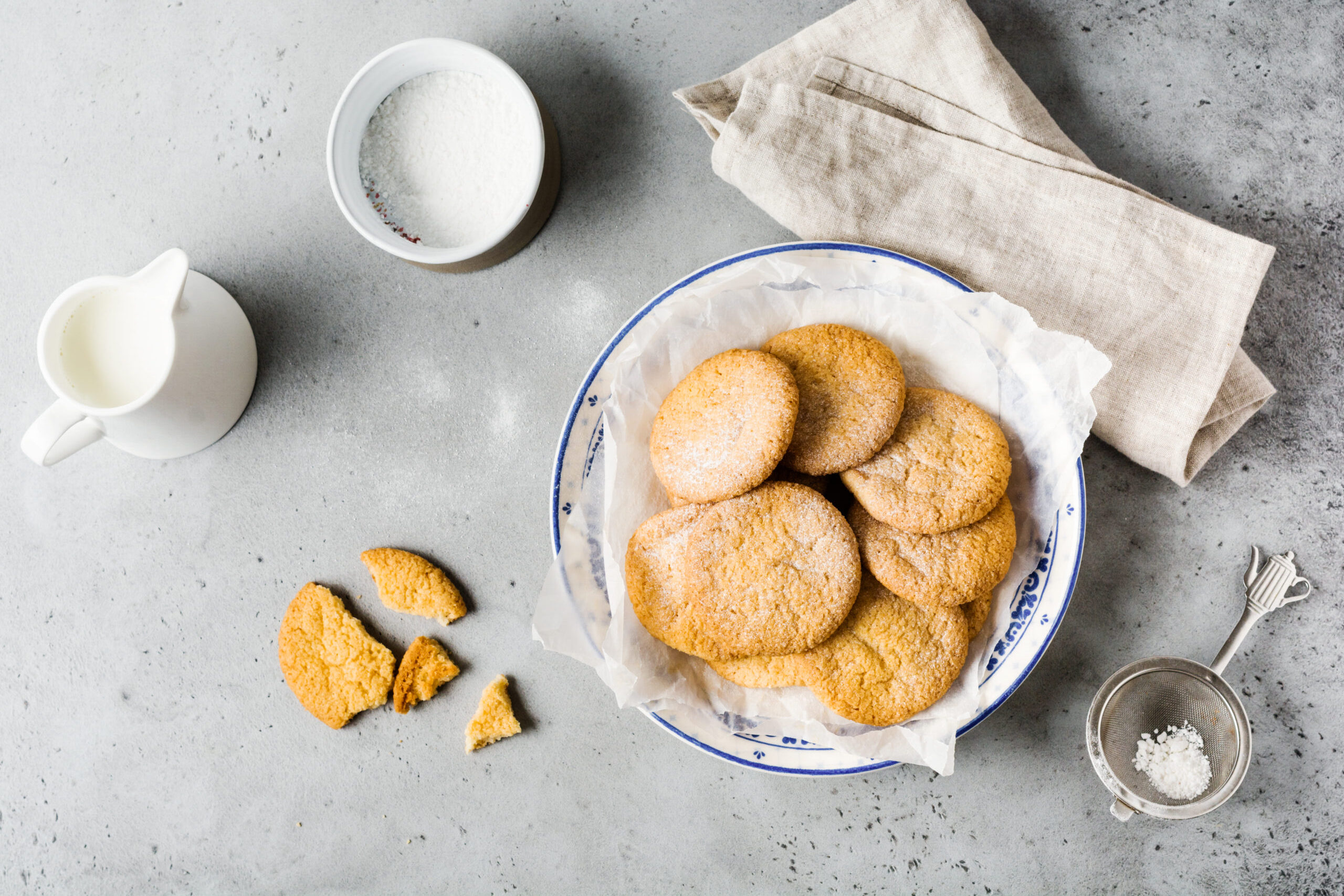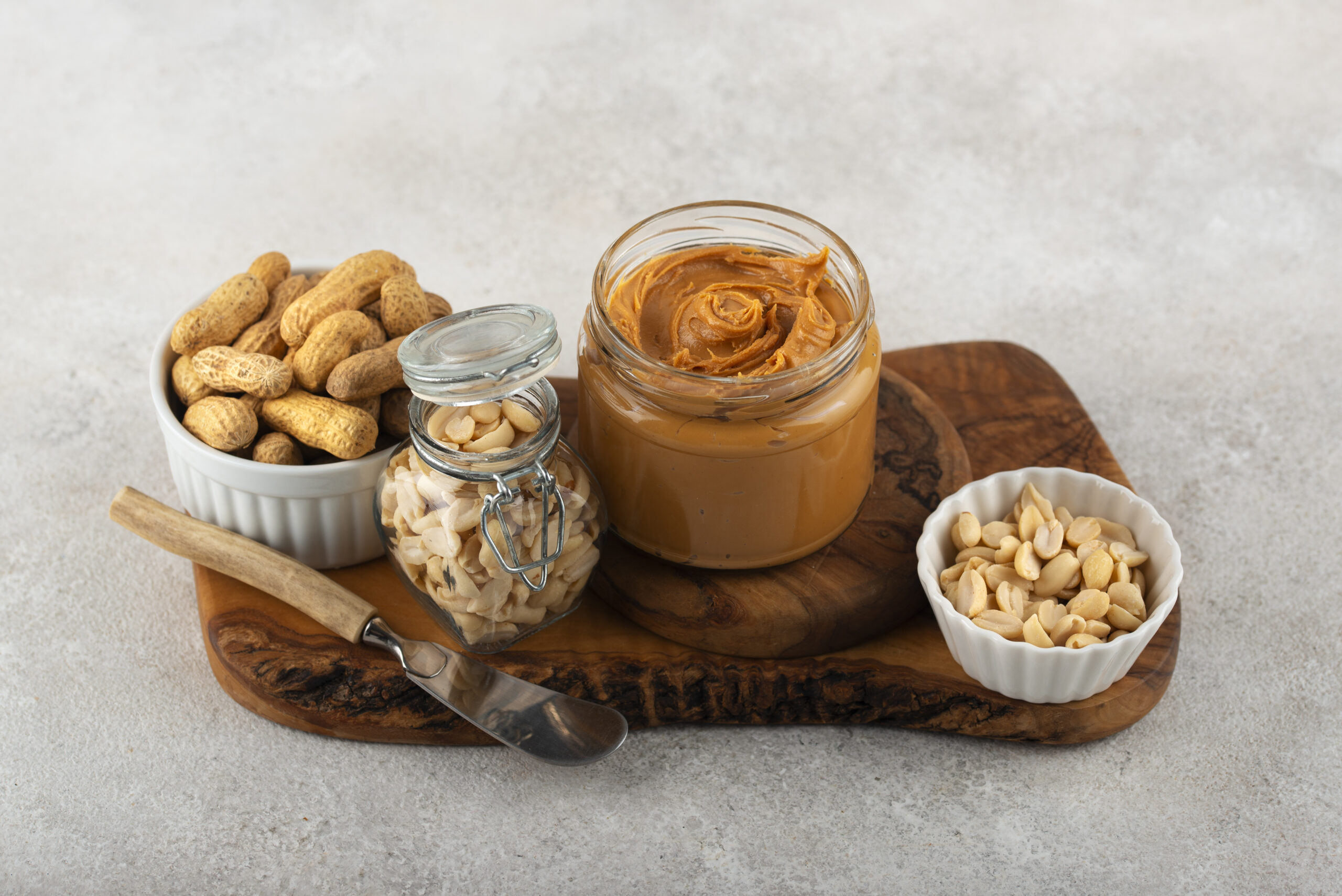- HUMOR
Buttermilk biscuits are a quintessential comfort food, beloved for their fluffy texture and buttery flavor. Whether you’re a novice in the kitchen or an experienced baker, mastering the art of biscuit making can elevate your baking repertoire. This comprehensive guide will walk you through a tried-and-true buttermilk biscuit recipe, providing step-by-step instructions and advanced tips to ensure you achieve perfect results every time.
Essential Ingredients for Perfect Buttermilk Biscuits
The foundation of any great buttermilk biscuit recipe lies in the quality and balance of its ingredients. Here’s a detailed list to help you gather everything you need:
- All-purpose flour: Provides the necessary structure. Opt for a high-quality brand for the best results.
- Baking powder: Essential for leavening, ensuring your biscuits rise to the occasion.
- Baking soda: Works in tandem with buttermilk to add lift.
- Salt: Enhances flavor and balances the sweetness.
- Cold butter: A crucial component for flakiness and richness. Use unsalted butter for control over the salt content.
- Buttermilk: The star ingredient that gives biscuits their signature tang and tenderness. Always use cold buttermilk for the best texture.
Step-by-Step Method for Beginners to Make Biscuits
This beginner-friendly guide breaks down the biscuit-making process into simple, manageable steps, ensuring success even on your first try.
Preparing the Dough
- Preheat your oven to 450°F (232°C) and line a baking sheet with parchment paper.
- In a large bowl, whisk together flour, baking powder, baking soda, and salt.
- Add cold, cubed butter to the dry ingredients. Using a pastry cutter or your fingertips, work the butter into the flour until the mixture resembles coarse crumbs.
- Pour in the cold buttermilk, gently stirring with a fork until a rough dough forms. Be careful not to overmix.
Shaping and Baking
- Transfer the dough onto a floured surface and gently pat it into a rectangle about 1 inch thick.
- Use a biscuit cutter to cut out biscuits, pressing straight down without twisting to ensure even rising.
- Arrange the biscuits on the prepared baking sheet, leaving a small gap between each for even cooking.
- Bake for 12-15 minutes or until golden brown. Serve warm.
- Transfer the dough onto a floured surface and gently pat it into a rectangle about 1 inch thick.
- Use a biscuit cutter to cut out biscuits, pressing straight down without twisting to ensure even rising.
- Arrange the biscuits on the prepared baking sheet, leaving a small gap between each for even cooking.
- Bake for 12-15 minutes or until golden brown. Serve warm.
Advanced Techniques for Flaky Homemade Biscuits

For those looking to refine their biscuit-making skills, these advanced techniques will help you achieve that coveted flaky texture.
Layering the Dough
- After the initial shaping, fold the dough over itself several times to create layers. This technique, similar to making puff pastry, enhances flakiness.
Using Cold Ingredients
- Keep all your ingredients, especially butter and buttermilk, as cold as possible. This prevents the butter from melting too quickly, allowing steam to create lift and layers during baking.
How to Use Baking Powder and Baking Soda Effectively
Understanding the role of leavening agents is crucial for biscuit success. Baking powder and baking soda work together to provide the ideal rise and texture.
- Baking Powder: A complete leavening agent that contains both an acid and a base. It activates twice—once when mixed with wet ingredients and again when exposed to heat.
- Baking Soda: Requires an acidic component, such as buttermilk, to activate. It provides immediate lift, contributing to the biscuit’s airy structure.
The Role of Cold Butter in Biscuit Making
Cold butter is not just a preference but a necessity for creating tender, flaky biscuits. Here’s why:
- When cold butter is incorporated into the flour, it forms small pockets that melt during baking, releasing steam and creating layers.
- To maintain the butter’s temperature, handle it as little as possible and consider chilling the flour and mixing bowl before use.
Choosing the Right Biscuit Cutter for Your Recipe
The right biscuit cutter can make a significant difference in the final product. Consider these factors when selecting your tool:
- Size: Choose a cutter that suits your serving preferences, typically 2 to 3 inches in diameter.
- Material: Opt for metal cutters, which provide a cleaner cut, helping the biscuits to rise evenly.
- Shape: While round is traditional, experimenting with different shapes can add a fun twist to your presentation.
Tips for Baking Biscuits on a Baking Sheet
Using a baking sheet is a straightforward method, but a few tips can ensure optimal results:
- Line the sheet with parchment paper to prevent sticking and promote even browning.
- For extra-crispy edges, space the biscuits slightly apart. For softer sides, place them closer together.
- Rotate the baking sheet halfway through cooking to ensure even heat distribution.
Serving Suggestions for Delicious Buttermilk Biscuits
Buttermilk biscuits are versatile and can be enjoyed in numerous ways. Here are some serving suggestions to inspire your next meal:
- Breakfast: Pair with scrambled eggs and bacon, or smother with sausage gravy for a classic Southern breakfast.
- Lunch: Use as a base for sandwiches, filled with ham, cheese, and a dollop of mustard.
- Dinner: Serve alongside fried chicken or a hearty stew to soak up savory sauces.
- Dessert: Drizzle with honey or top with fresh berries and whipped cream for a sweet treat.
Storing and Reheating Buttermilk Biscuits
Proper storage and reheating can preserve the freshness and flavor of your biscuits. Follow these tips to enjoy them at their best:
- Store leftover biscuits in an airtight container at room temperature for up to two days.
- For longer storage, freeze biscuits in a single layer on a baking sheet before transferring to a freezer bag. They can be frozen for up to three months.
- To reheat, place biscuits in a 350°F (175°C) oven for 5-10 minutes or until warmed through. Avoid microwaving, as it can make them soggy.
With this guide, you’re well-equipped to bake a batch of irresistible buttermilk biscuits. Whether you’re savoring them fresh from the oven or enjoying them the next day, these biscuits are sure to delight and impress, becoming a staple in your baking repertoire.







